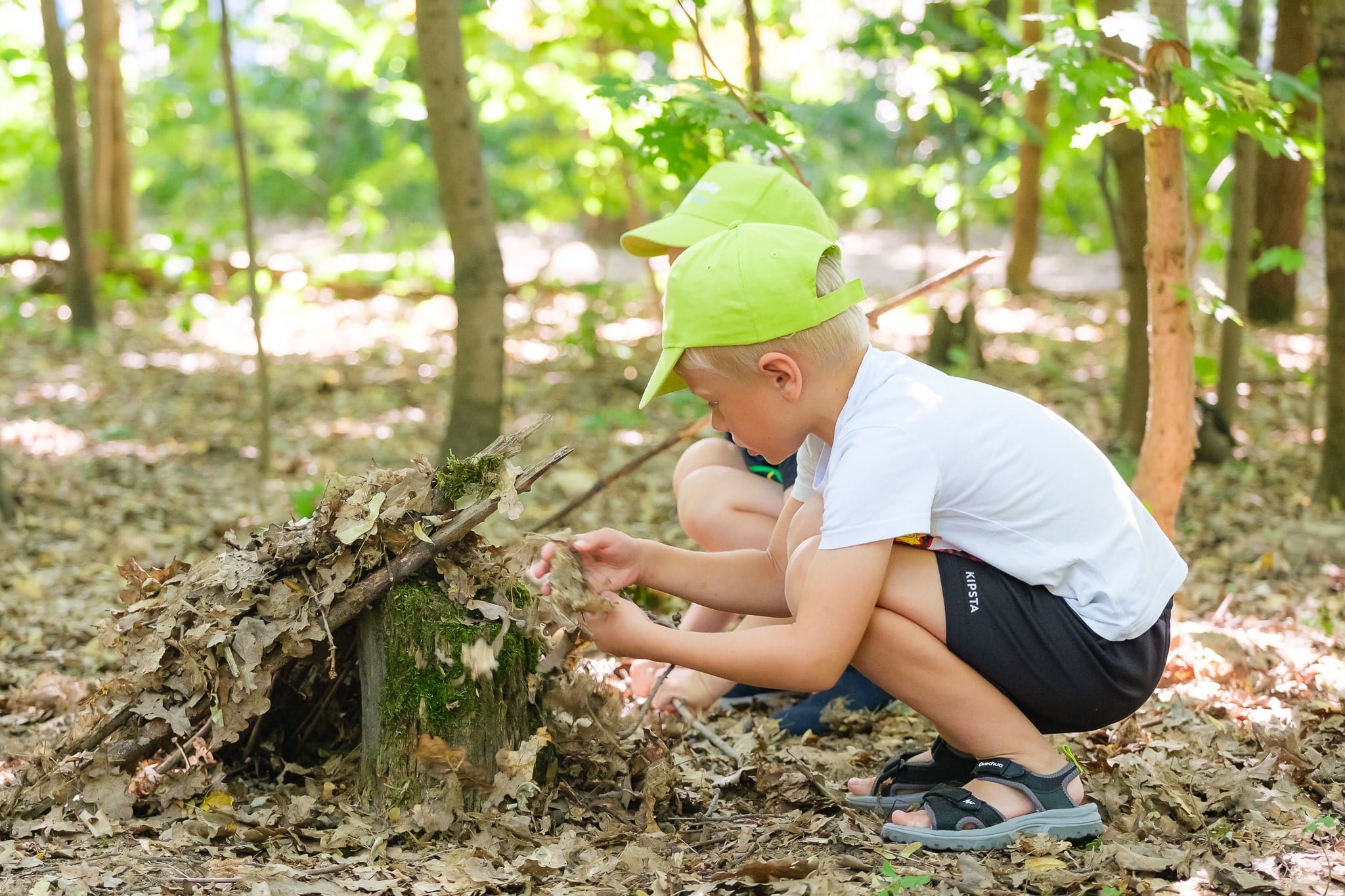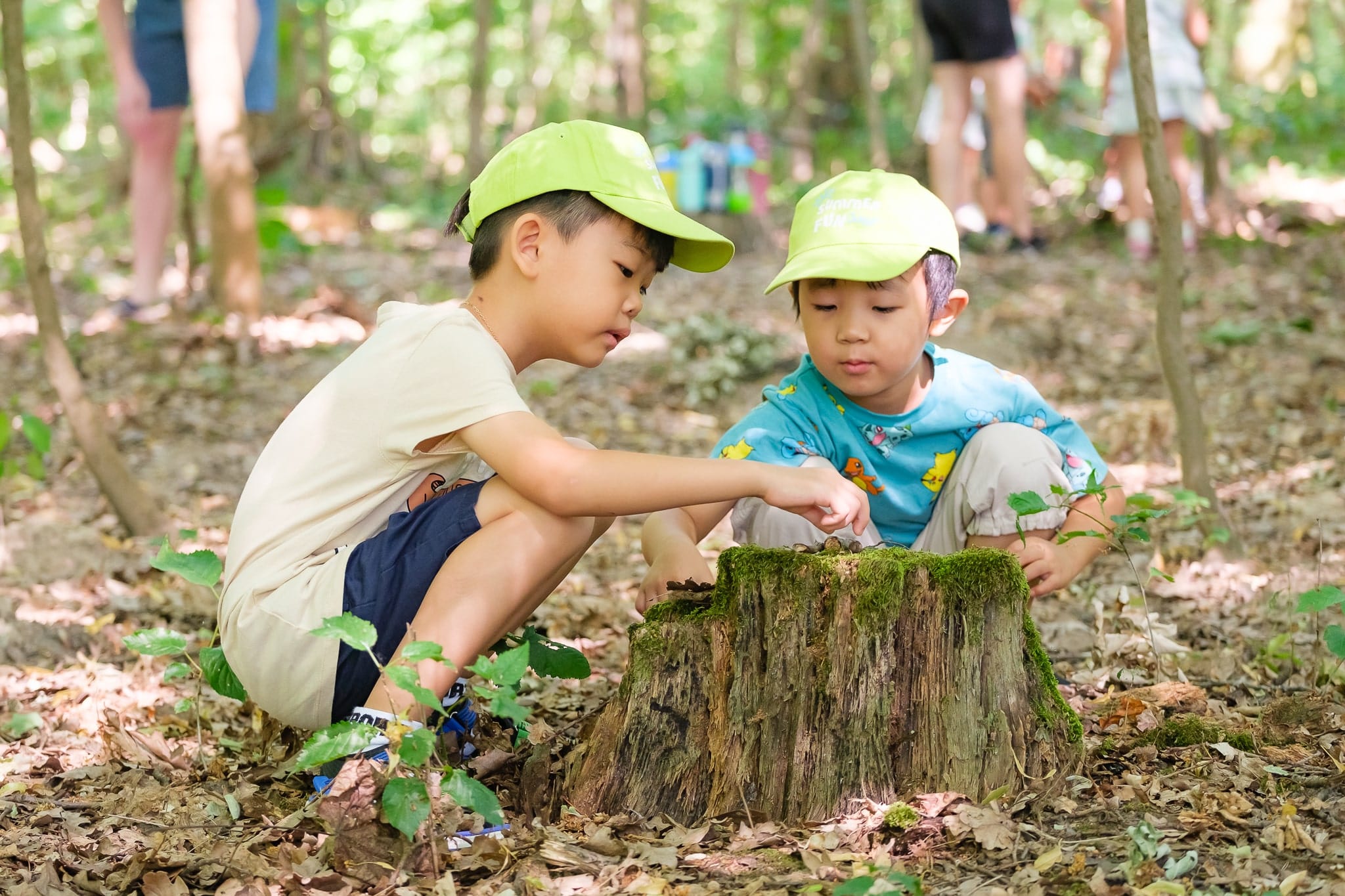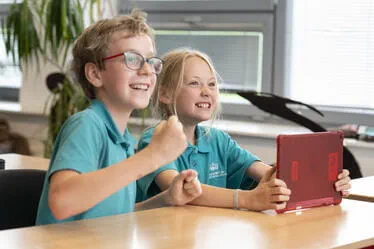What exactly is hands-on learning?
Hands-on learning is a learning style where a child gets involved in physical activity to investigate and explore any given subject. It’s all about using their senses to really experiment concepts, leading to a much deeper and richer understanding. It has them physically use their hands to build, create, experiment, and solve problems. Hands-on learning requires active participation so the child can discover more — as opposed to simply theoretical learning about a subject from a book or during a lecture. It’s all about getting active!
Take gardening for example, it’s one thing to learn about flowers from a book, but it’s an entirely different matter to be out in a garden digging in the dirt, planting, and enjoying the sunshine. Take music as another example: a child wouldn’t learn how to play violin just watching their teacher or by listening to classical music alone; they’d need to practice and experiment with the instrument, preferably in a class with others.
Did you know that we’re launching a Forest School at our campus? That’s right! We’re expanding our curriculum from this September. Everyone from Early Years up to Year 6 will have the chance to dive into the wonders of our brand new Forest School. Forest School allows our youngest learners to build motor skills and broaden their vocabulary whilst engaging in hands-on activities exploring microhabitats, fauna and flora. They’ll also gradually learn how to use different tools which will build self-esteem, confidence, and independence.

Why is hands-on learning important for students?
To put it simply, hands-on learning allows a child to physically engage with a topic. Here are a few ways it can help your child learn:
- Real-life comprehension: Engaging in hands-on activities lets children deeply connect their theoretical knowledge with actual real-world applications.
- Motivation: Physically engaging with a topic can spark their curiosity and make the learning even more memorable. For example, insects hunting outdoors, can captivate students’ attention and motivate them to explore different species within their class.
- Creative and critical thinking: Hands-on activities lead to students engaging in more critical thinking around topics and let them get creative as they come up with solutions to new challenges.
- Fine motor skills: The act of touching and object in real life will absolutely help a child learn fine motor skills and hand-eye coordination.
- Communication: Hands-on learning is best when it involves your child’s peers working in group work. Joining a sports team, for example, is a great example of hands-on learning because they learn to communicate with others while staying active.
Hands-on learning activities at home
Next, let’s talk about some hands-on activities your family can try at home, which are all fun and easy to do!
- Science at home: Try to think up fun science experiments you can do at home! You can explore the relationship between cause and effect by creating a volcano. Or make a prism out of water, clean coins with vinegar, make a potato-powered electricity generator, or create “slime” of different colours.
- Playing through building: Most children love playing with LEGO as they get their creativity going. It also supports spatial awareness and problem solving. Try giving your child a simple task to accomplish, such as creating a car from household parts such as construction paper, straws, and drink lids. What will your child create if you give them materials and set them to it?
- Cooking: Guiding your child to cook or bake at home is fun for the whole family. Ask them to measure ingredients, follow a simple recipe, and talk with them about the science behind food, such as why bread rises.
- Nature: Take a walk in your neighbourhood together to discuss the animals and insects that live around you and the different types of flora and fauna in your area.
You may want to help make your home a place where your child can easily engage in hands-on activities. Try to set aside a dedicated and safe area with fun materials they can explore without strict guidelines or expected outcomes. Or you may want to make it a part of your daily routine, by having your child be involved in daily cooking.
Be sure to follow their own interests too! Every child is unique and so our job as parents is to give them opportunities for discovery, so they develop a lifelong love of learning. Remember that some children may prefer a different learning approach, and that’s OK! Their preferences will change at different ages, and they may even prefer reading/writing-based learning as opposed to getting messy in the kitchen or garden.
If you want further ideas, we’re here to help! Collaborate with your teachers. We love supporting your child’s learning journey and want to explore learning strategies with you. Let’s try some hands-on learning together!










